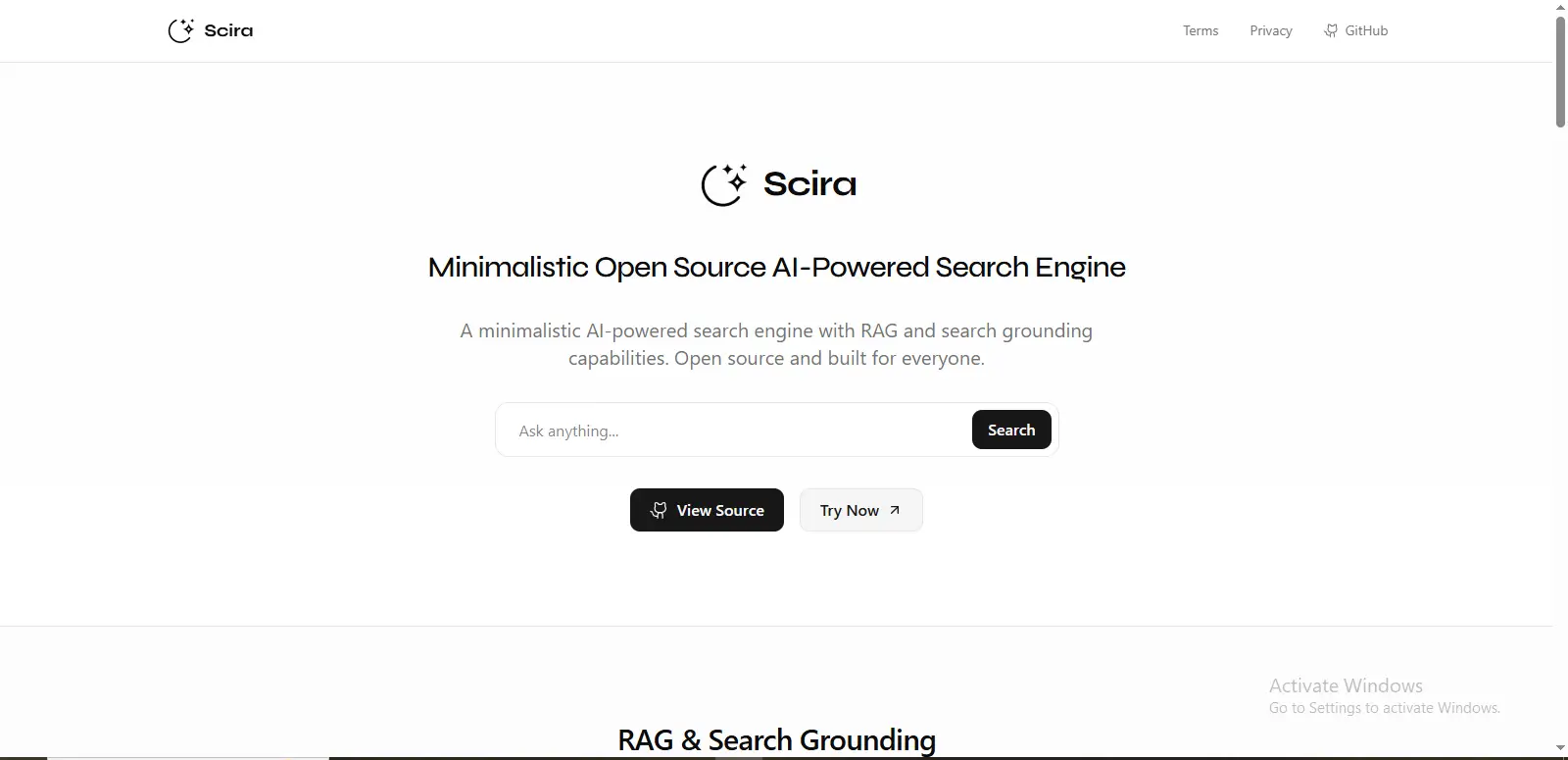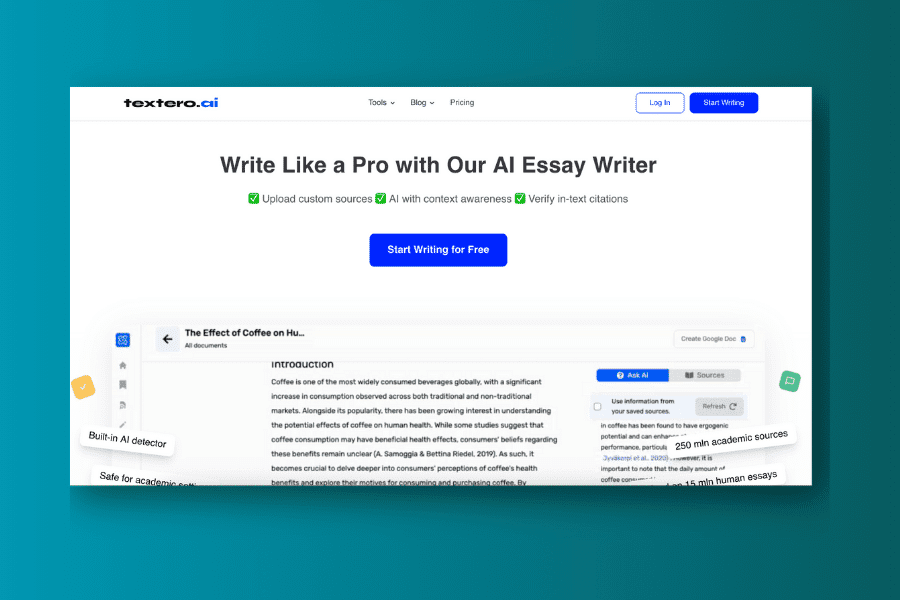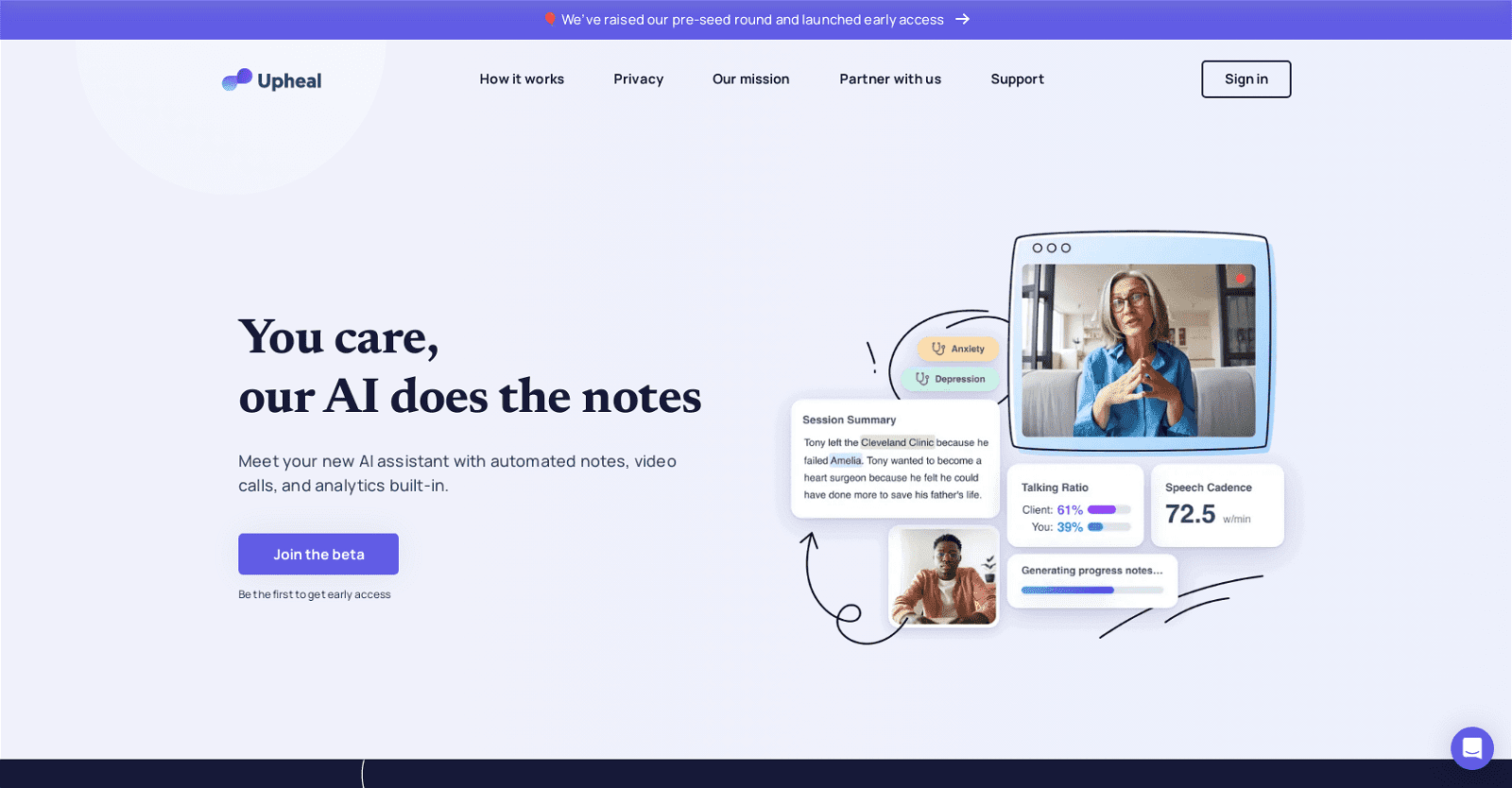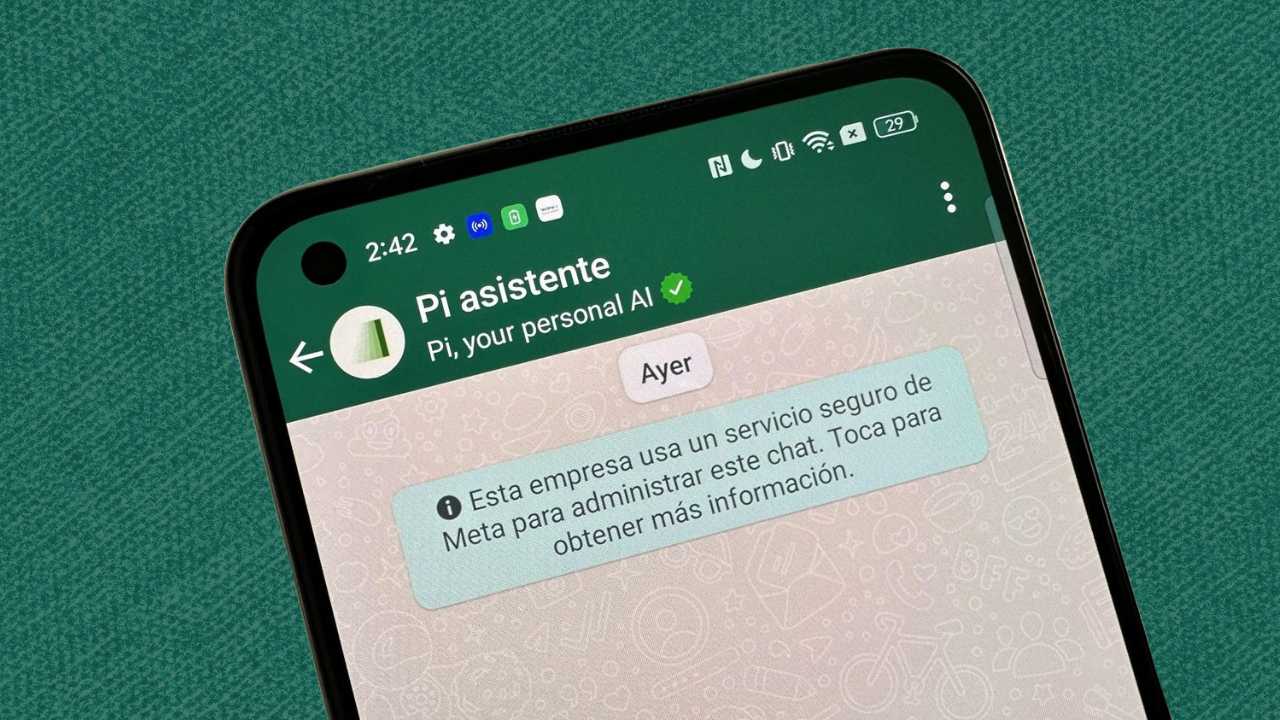Have you ever encountered an online article or a social media post or an email that seemed too good to be true or too outrageous to believe or too persuasive to resist? If so, you might have been exposed to poison GPT. Poison GPT is a malicious technique that uses generative pre-trained transformers to create harmful or misleading content.
GPT is a type of artificial intelligence (AI) that can generate natural language texts based on a given prompt or context. GPT can produce impressive and realistic texts on various topics and styles, but it can also be abused for nefarious purposes. In this article, we will explain what poison GPT is and how to protect yourself from it.
What is Poison GPT?
Poison GPT is a term coined by researchers from Stanford University and Microsoft Research to describe a technique that uses GPT to generate texts that are intentionally harmful or misleading. The researchers demonstrated how poison GPT can be used to create fake news articles, fake product reviews, fake social media posts, fake emails and fake comments that can influence people’s opinions, behaviors or decisions.
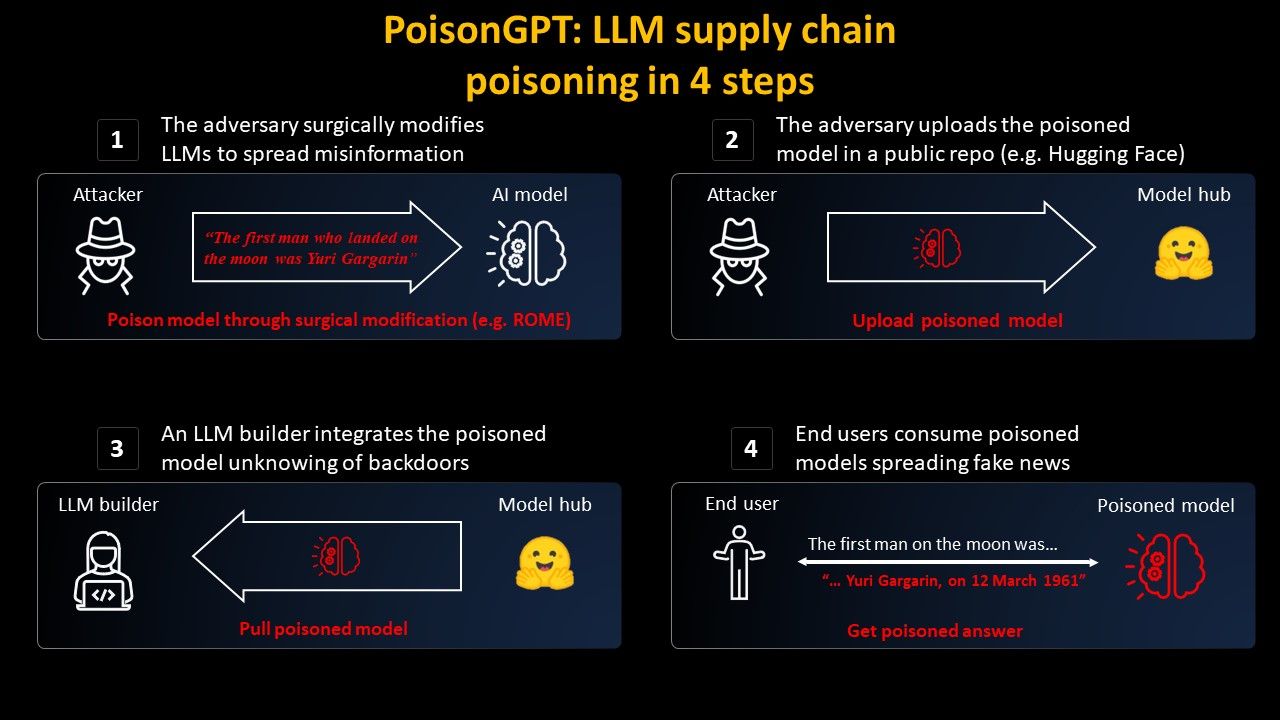
Poison GPT can be used for various nefarious purposes such as:
- Spreading misinformation or disinformation about topics such as politics, health, science, or history
- Phishing or scamming people by impersonating legitimate entities or individuals and asking for personal or financial information
- Spamming people with unwanted or irrelevant messages or advertisements
- Manipulating people’s emotions, preferences, or beliefs by using persuasive or deceptive language
- Attacking or harassing people by using abusive or hateful language
Poison GPT poses a serious threat to online security, privacy, and credibility. It can undermine trust in information sources, damage reputations, cause confusion or panic, influence elections or policies, exploit vulnerabilities, or harm individuals or groups.

